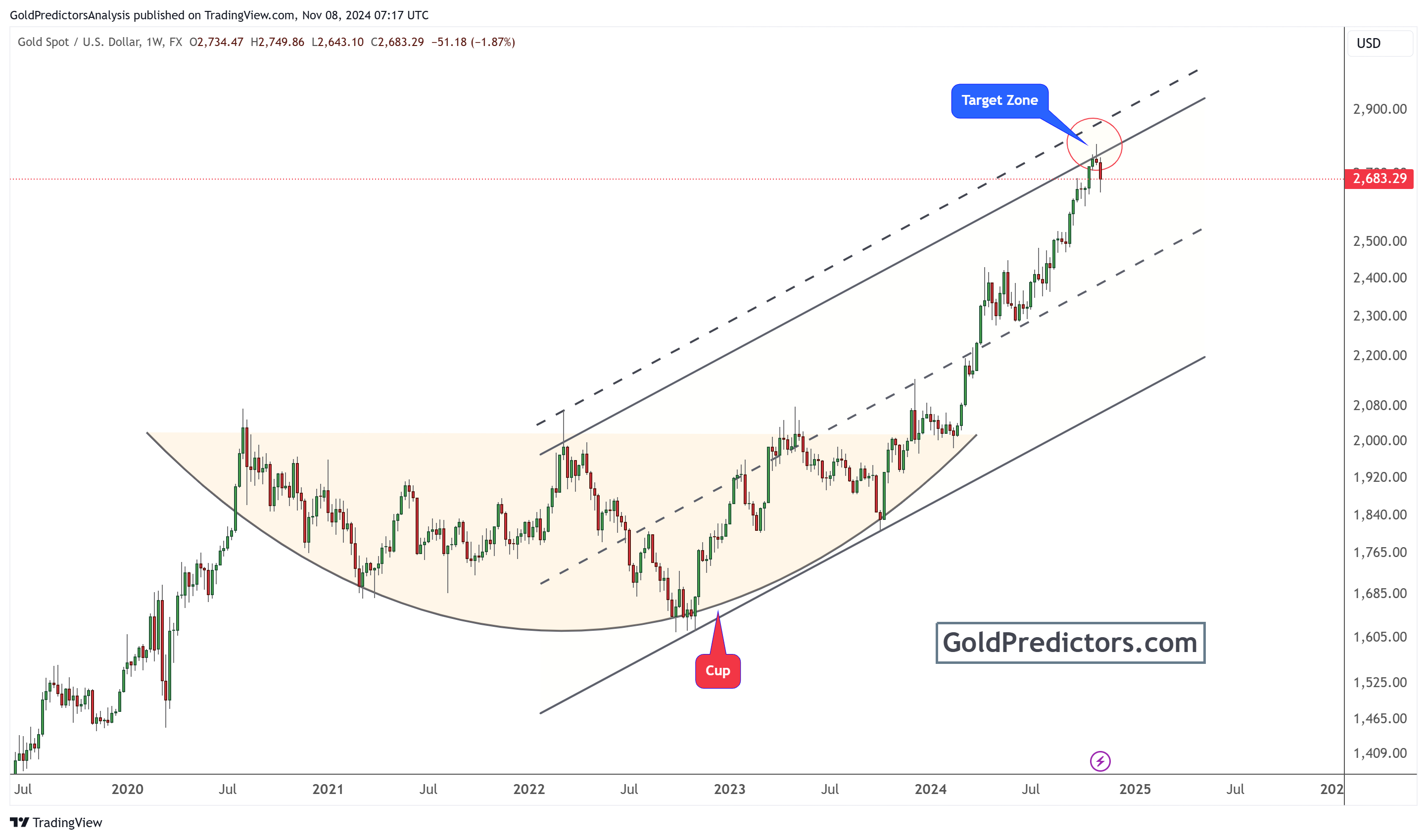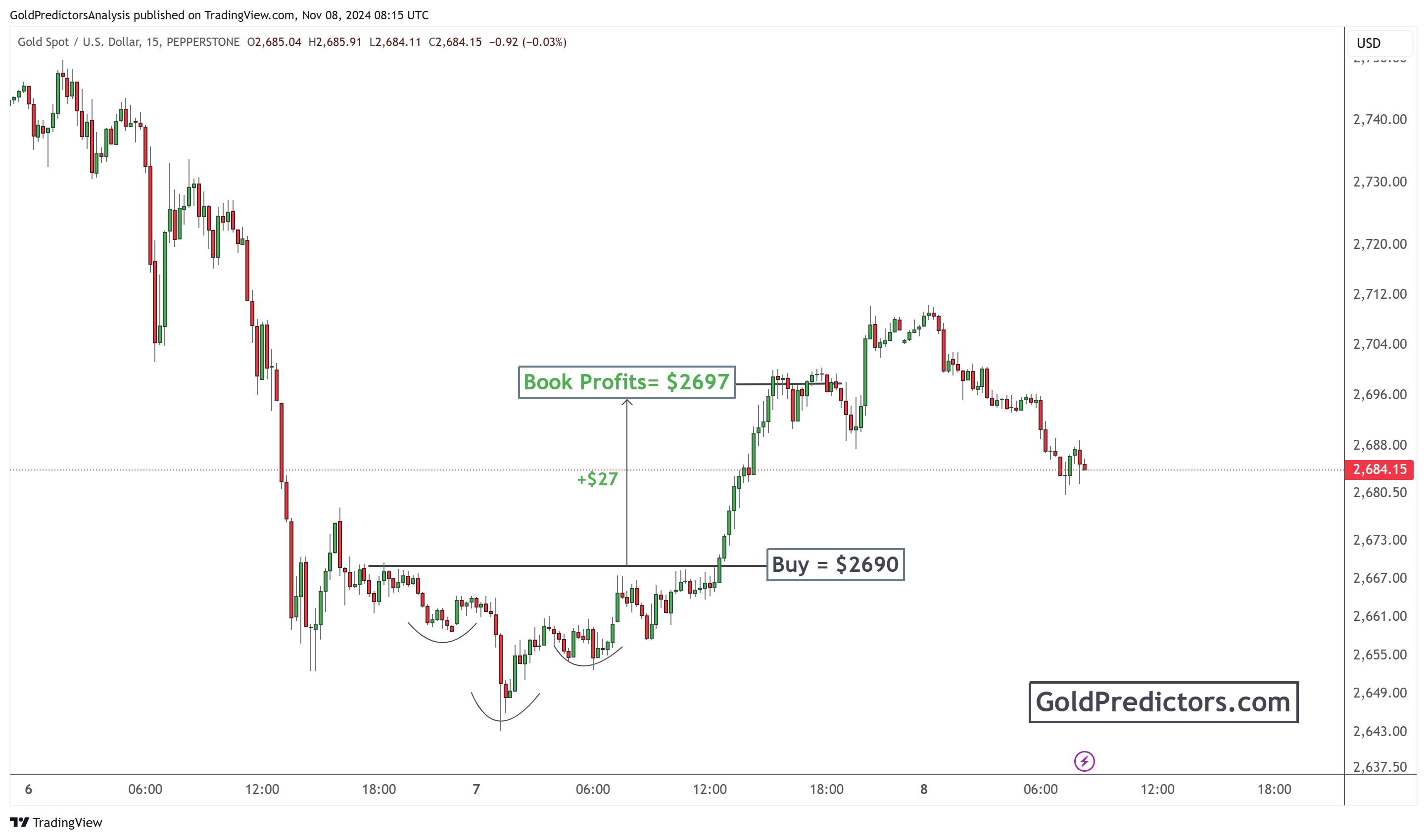The Trump administration’s focus on deglobalization and trade protectionism could create significant uncertainty in the global market. This uncertainty often benefits gold as a safe-haven asset. Tariffs and a more fragmented global trade landscape may fuel economic instability. This instability may push investors toward gold to hedge against potential downturns. As US policies become more inward-focused, fears of slower global growth and inflationary pressures from tariffs might drive up demand for gold. This would reinforce gold’s value as a hedge against economic turbulence.
Additionally, if countries begin to realign with China due to strained US trade relations, this shift in global alliances could further destabilize economic conditions. A realignment would introduce new risks to the US dollar’s dominance, typically inversely related to gold prices. As countries pivot towards China’s economic sphere, weakening the US dollar could make gold more attractive to international investors, potentially boosting gold’s price. Moreover, geopolitical tensions in the Middle East have pushed gold prices to record highs in 2024. The U.S. election and potential resolution of the Middle Eastern conflict may lead to shifts in gold prices.
Technical outlook after US election
The weekly chart for gold shows that the price has reached the target zone of $2,790–$3,000, identified when the price was trading at $2,790. The price reacted to this target area and began a strong dip following the US election. The formation of a cup pattern indicates that the overall trend remains bullish. This correction presents a potential buying opportunity for long-term traders.
Gold’s rebound after hitting the 50-day SMA around $2,650 has been bullish, forming an inverted head-and-shoulders pattern. Gold Predictors issued a buy signal to premium members, resulting in a $27 profit. Traders may consider similar strategies to capitalize on gold’s strong volatility.
While the long-term trend remains bullish, the overbought conditions on monthly, weekly, and daily charts suggest a short-term correction. The ongoing impact of the US election on geopolitical tensions in the Middle East will be a key factor influencing the gold market in the coming months.
Bottom line
In conclusion, the gold market is positioned to benefit from the increasing economic uncertainties. These uncertainties are driven by a potential Trump administration’s deglobalization policies and trade protectionism. As global trade tensions rise and US alliances shift, demand for gold as a safe-haven asset could strengthen. This demand may increase further if the US dollar weakens due to realignments toward China.
Technically, while the long-term outlook for gold remains bullish, current overbought conditions indicate the potential for short-term corrections, offering buying opportunities for traders. Geopolitical factors, particularly the impact of the US election on Middle Eastern tensions, will likely continue to influence gold’s trajectory.
Unlock exclusive gold and silver trading signals and updates that most investors don’t see. Join our free newsletter now!


